Introduction
In the culinary landscape of various regions across Asia, glutinous rice cakes, often referred to as “He” in certain dialects, occupy a cherished spot. These treats are not merely a delight to the taste buds but also carry profound cultural and traditional significance. From festive occasions to everyday snacks, glutinous rice cakes (He) encapsulate the essence of community, love, and heritage. Crafting these delicious morsels at home can be an enriching experience, blending the art of traditional cooking with personal touch and creativity. This guide delves into the intricacies of making glutinous rice cakes, offering step-by-step instructions, tips, and variations to ensure your He are nothing short of mouthwatering.
Understanding the Basics
Before diving into the recipe, it’s crucial to understand the fundamental components of glutinous rice cakes. The primary ingredient, as the name suggests, is glutinous rice (also known as sticky rice or sweet rice). This variety of rice has a higher starch content that, when cooked, results in a sticky, cohesive texture—perfect for molding into cakes. Other essential elements include water for cooking, fillings or toppings (such as sweetened beans, nuts, or meats), and sometimes banana leaves or parchment paper for wrapping.
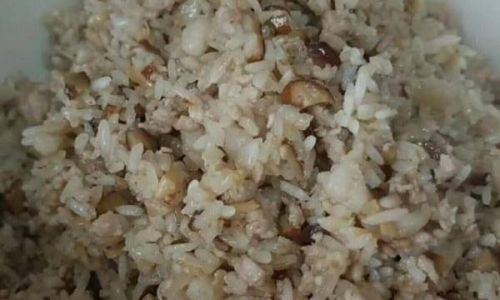
Selecting Quality Ingredients
-
Glutinous Rice: Choose high-quality glutinous rice that is fresh and free from any impurities. The grains should be uniform in size and color.
-
Water: Purified or filtered water is recommended to avoid any unwanted flavors. The ratio of water to rice is crucial; too much can make the cakes soggy, while too little can result in dry, hard textures.
-
Fillings: The sky’s the limit when it comes to fillings. Popular choices include red bean paste, lotus seed paste, salted egg yolks, and even savory fillings like mushrooms and pork. Ensure your fillings are well-prepared and seasoned to taste.
-
Wrapping Materials: Banana leaves add an authentic aroma and flavor to the cakes. If unavailable, parchment paper or aluminum foil can be used as alternatives.
Equipment Needed
- A large pot or steamer for cooking the glutinous rice.
- A mixing bowl.
- A rice steamer or bamboo steamer (optional but recommended for even cooking).
- Plastic wrap or clean, damp cloth for covering the rice while it cools.
- Molds or a flat surface lined with parchment paper for shaping the cakes.
- A knife for cutting the cakes into desired shapes and sizes.
Step-by-Step Recipe
Preparation of Glutinous Rice
-
Rinse and Soak: Rinse the glutinous rice thoroughly under running water until the water runs clear. Soak the rice in enough water to cover by at least 2 inches for at least 4 hours or overnight. Soaking helps soften the grains and ensures even cooking.
-
Drain and Set Aside: Drain the soaked rice well using a colander. Let it sit for about 30 minutes to remove excess water.
Cooking the Glutinous Rice
-
Steam Method: Spread the drained rice evenly in a steaming basket lined with cheesecloth or parchment paper. Place the basket in a steamer or a large pot with a steaming rack. Add water to the pot, ensuring it doesn’t touch the bottom of the steaming basket. Cover and steam over medium-high heat for about 40-50 minutes, or until the rice is tender and translucent. Check occasionally to ensure the water level doesn’t dry out.
-
Boiling Method (Alternative): If steaming isn’t an option, you can cook the rice by boiling. Bring a large pot of water to a boil. Add the drained rice and cook, stirring occasionally, until the rice is tender and the water has been absorbed, about 20-25 minutes. Drain any excess water and let the rice cool slightly.
Preparing the Fillings
While the rice is cooking, prepare your chosen filling. If using homemade sweet pastes like red bean paste or lotus seed paste, ensure they are smooth and sweetened to your preference. For savory fillings, cook and season them according to your recipe.
Assembling the Cakes
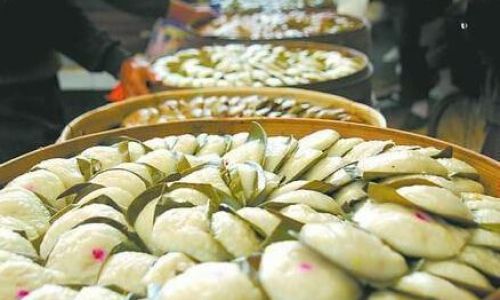
-
Cool and Prepare Rice: Once cooked, transfer the glutinous rice to a mixing bowl. Cover with a damp cloth or plastic wrap to prevent it from drying out while you work with it. Let it cool slightly until it’s comfortable to handle.
-
Shape and Fill: Lay out banana leaves, parchment paper, or aluminum foil on a flat surface. Spoon a layer of cooked glutinous rice onto the center, spreading it into a flat, circular shape. Place a spoonful of your chosen filling in the center. Carefully fold the edges of the rice over the filling, enclosing it completely to form a ball or a flattened cake shape. If using molds, press the rice into the mold first, add the filling, and then top with more rice, pressing gently to secure.
-
Wrap (Optional): If wrapping in banana leaves, place the formed cake in the center of the leaf, fold the sides in, and then roll tightly to secure. This step adds an extra layer of flavor and helps keep the cake moist.
Final Cooking (Optional)
For an additional layer of flavor and texture, you can steam the assembled cakes for another 10-15 minutes. This step is optional but recommended if you want to ensure the filling is heated through and the rice has a slightly firmer texture.
Cooling and Serving
-
Cool Down: Allow the cakes to cool completely before serving. This helps them set and firm up.
-
Serve and Enjoy: Once cooled, unwrap the cakes and slice them into desired portions. Serve them plain, dusted with powdered sugar, or drizzled with a sweet syrup. Pair with a cup of tea or coffee for a delightful afternoon snack.
Creative Variations and Tips
-
Flavored Rice: Infuse the cooked rice with extracts like vanilla, pandan, or coconut milk for added aroma and flavor.
-
Savory Twists: Experiment with savory fillings like shredded chicken, mushrooms, and soy sauce-flavored rice for a unique twist.
-
Colorful Additions: Incorporate natural food coloring into the rice or fillings to make your cakes visually appealing, especially for festive occasions.
-
Storage: Store leftover cakes in an airtight container in the refrigerator for up to 3 days. Reheat gently before serving to maintain their soft texture.
Conclusion
Crafting delicious glutinous rice cakes (He) is a rewarding endeavor that combines culinary skill with a deep appreciation for tradition. By following this guide, you’ll be able to create beautiful, flavorful cakes that not only satisfy your taste buds but also evoke a sense of nostalgia and connection to your cultural heritage. Whether you’re celebrating a special occasion or simply enjoying a quiet afternoon, these cakes are sure to become a cherished part of your culinary repertoire. Happy baking!
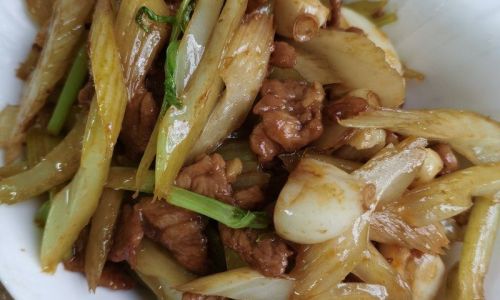
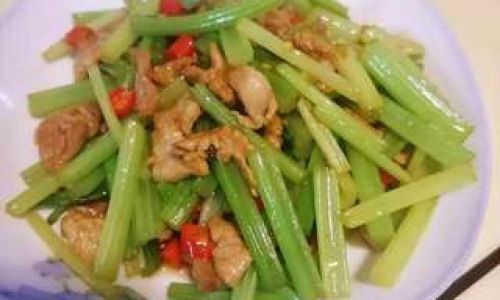
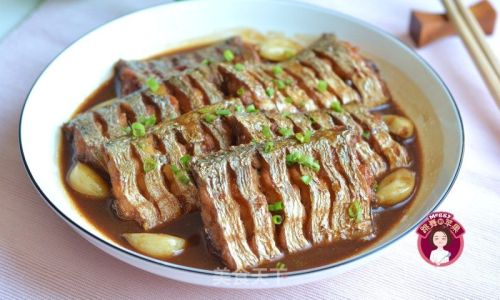
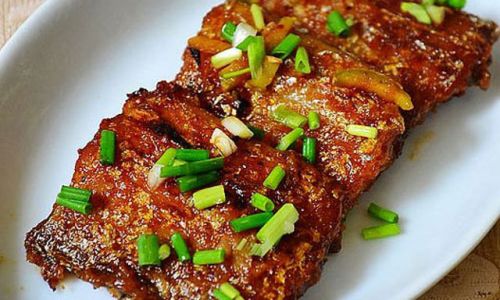

0 comments